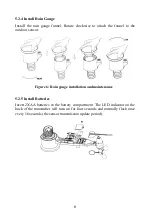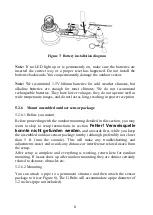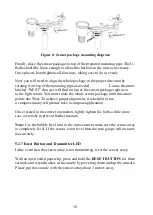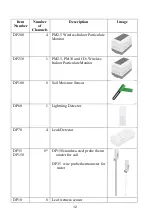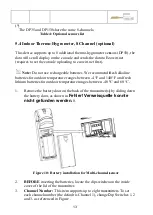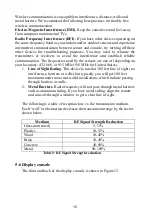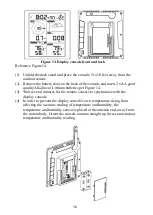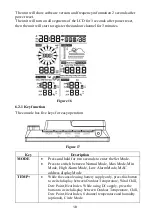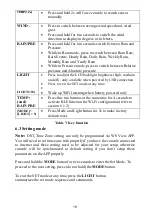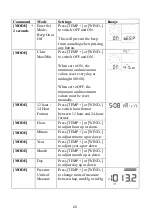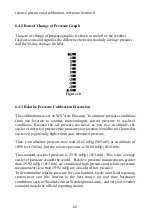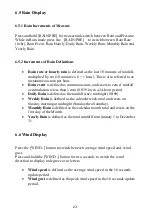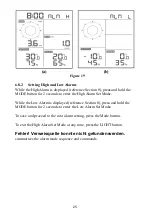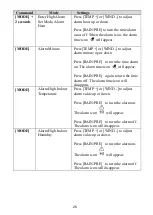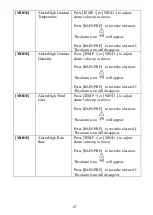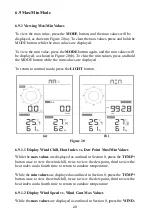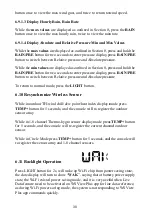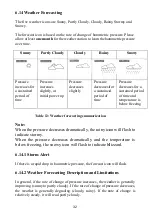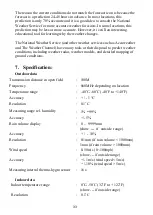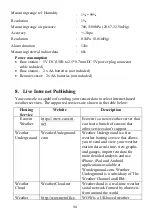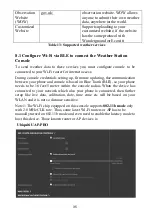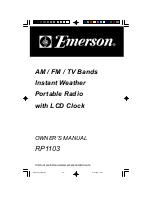
22
relative pressure and calibration, reference Section 0.
6.4.2 Rate of Change of Pressure Graph
The rate of change of pressure graphic is shown to the left of the weather
forecast icons and signifies the difference between the daily average pressure
and the 30-day average (in hPa).
Figure 18
6.4.3 Relative Pressure Calibration Discussion
The calibration was set on WS View Plus app. To compare pressure conditions
from one location to another, meteorologists correct pressure to sea-level
conditions. Because the air pressure decreases as you rise in altitude, the
sea-level corrected pressure (the pressure your location would be at if located at
sea-level) is generally higher than your measured pressure.
Thus, your absolute pressure may read 28.62 inHg (969 mb) at an altitude of
1000 feet (305 m), but the relative pressure is 30.00 inHg (1016 mb).
The standard sea-level pressure is 29.92 inHg (1013 mb). This is the average
sea-level pressure around the world. Relative pressure measurements greater
than 29.92 inHg (1013 mb) are considered high pressure and relative pressure
measurements less than 29.92 inHg are considered low pressure.
To determine the relative pressure for your location, locate an official reporting
station near you (the internet is the best source for real time barometer
conditions, such as Weather.com or Wunderground.com), and set your weather
station to match the official reporting station.
Summary of Contents for WH3900
Page 44: ...44 List display Weather Map...

